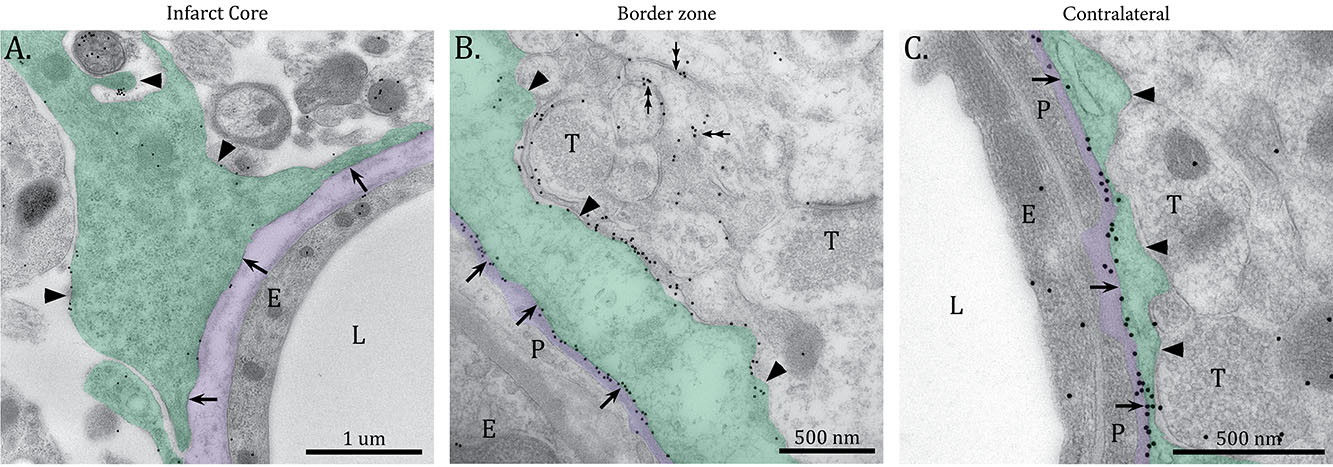The electron microscopy laboratory at the Institute of Basic Medical Sciences is part of a core facility called Life Science Electron Microscopy Consortium (LSEMC). The other LSEMC node, EM-lab, is located at the Department of Biosciences.
TEM enables detailed knowledge about the molecular localization, structure and morphology of biological material at nanometer scale. We have a long tradition of pre-and postembedding techniques, and our main expertise lies in obtaining excellent ultrastructure along with good quality staining and labelling of biological samples.
With advanced techniques such as immunogold cytochemistry, we are able to localize and quantify molecules within biological samples. For quantification of gold particles, we use a tailor-made software developed in house.

Equipment
The facility node operates two TEMs from FEI Company
- Tecnai G2 Spirit BioTwin
- Tecnai 12 BioTwin (upgraded to G2)
Both electron microscopes are equipped with a fully motorized computer controlled stage and a side mounted Veleta 2kX2k CCD camera. The camera has iTEM software from Olympus Soft Imaging Solutions for acquiring digital images.
Available specimen holders
- Standard single tilt holder
- Double tilt holder
- Rotation holder
- Multiple specimen holder
- Gatan Cryo holder
- Services and prices
Bashir Hakim, our service engineer, provides user training and assistance as well as full technical maintenance of the microscopes.
Our technical expertise in a vast range of different techniques can be adapted to individual projects. The methods include preparation of biological specimen in different resins such as Lowicryl® HM20, using a new automated freeze substitution system (Leica EM AFS2), and Durcupan. Additionally, we provide ultramicrotome sectioning, immunogold labelling and analysis as well as training in the techniques. For more information about services and prices, see our price list.
Our services are available to researchers at UiO, OUS, and Helse Sør-Øst, as well as external companies and research groups both nationally and internationally.
“We are probably the world’s most frequently cited electron microscope lab in the field of neuroscience”.
Read more in the article They can see the smallest parts of cells
Publications
Prices
Booking
- Registered users (login required)
- New users (email)
-
Requests for specific services:
Contact
Head of unit
Staff
Visiting Address
Room 0351
Domus Medica
Sognsvannsveien 9
0372 OSLO
Postal address
PB 1105 Blindern
0317 OSLO
